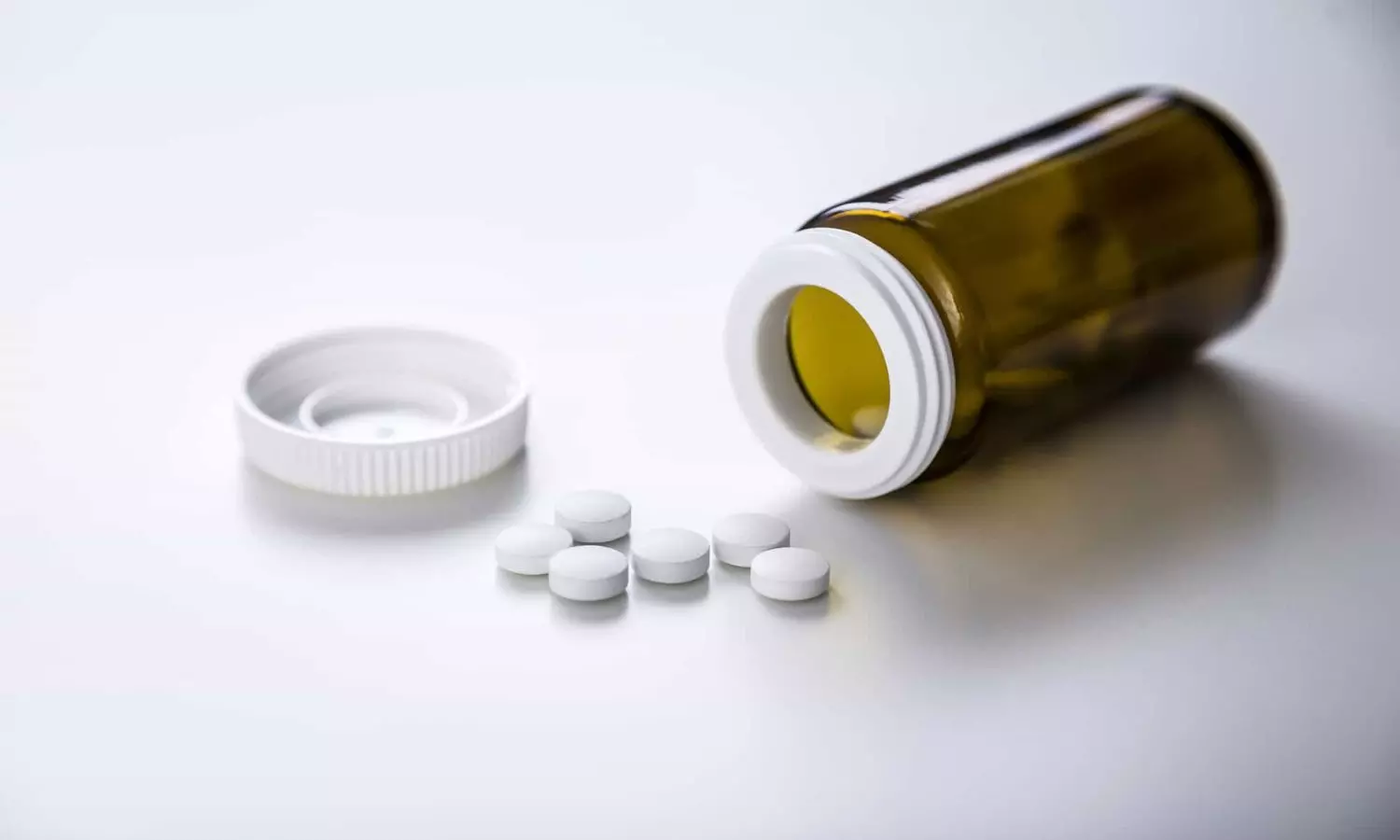Rapid Initiation Procedure may Improve XR-Naltrexone Efficacy among Opioid Use Disorder: JAMA

A recent study has revealed a promising approach to expanding access to effective treatment against opioid use disorder (OUD). The research compared two procedures for initiating extended-release (XR)-naltrexone which is a key medication in OUD management. The major findings of the study were published in the Journal of American Medical Association.
This study was conducted at six community-based inpatient addiction treatment units to address a significant barrier to XR-naltrexone implementation and the need for patients to undergo opioid withdrawal prior to treatment initiation. This requirement often discourages individuals from seeking XR-naltrexone therapy.
The study spanned from March 16, 2021 to September 21, 2022 and focused on comparing the effectiveness of the standard procedure (SP) with a novel approach termed the rapid procedure (RP). As per XR-naltrexone package instructions, the SP involved a multi-day buprenorphine taper followed by an opioid-free period. The RP condensed this process into a single day by utilizing low doses of oral naltrexone and adjunctive medications to manage withdrawal symptoms.
The results from the study encompassed a total of 415 participants with OUD and unveiled promising findings. The RP demonstrated noninferiority to the SP with a higher rate of successful XR-naltrexone initiation (62.7% vs. 35.8%, respectively). Also, withdrawal severity did not significantly differ between the two procedures.
The implications of these findings suggest that the RP could significantly enhance access to XR-naltrexone treatment by streamlining the initiation process and could potentially revolutionize OUD management. Despite requiring more intensive medical supervision and safety monitoring, the RP offers a time-saving alternative that could make XR-naltrexone a more feasible option for patients with OUD.
The study emphasized the importance of these results which suggest that rapid initiation holds great promise in overcoming barriers to XR-naltrexone adoption. This can aid in improving the patient outcomes and ultimately manage the opioid crisis more effectively by simplifying the treatment process. The key findings of this study marks a major leap ahead in the quest for innovative solutions to address OUD. Overall, the adoption of rapid initiation procedures could represent a crucial point in offering renewed optimism in the battle against OUD.
Reference:
Shulman, M., Greiner, M. G., Tafessu, H. M., Opara, O., Ohrtman, K., Potter, K., Hefner, K., Jelstrom, E., Rosenthal, R. N., Wenzel, K., Fishman, M., Rotrosen, J., Ghitza, U. E., Nunes, E. V., & Bisaga, A. (2024). Rapid Initiation of Injection Naltrexone for Opioid Use Disorder. In JAMA Network Open (Vol. 7, Issue 5, p. e249744). American Medical Association (AMA). https://doi.org/10.1001/jamanetworkopen.2024.9744



